Grid-28
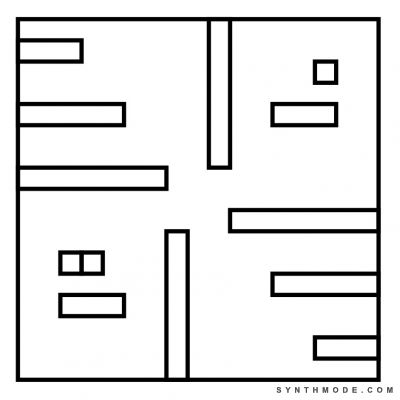
Grid-28 was inspired by the Aztec number system and time. The composition is generally divided into four quadrants and the dividing strips meet towards the middle in a swirl-like arrangement that suggest cock-wise rotation--all of these details are similar to those of a clock. The 2nd and 4th quadrants are filled with horizontal strips that gradually become shorter as they approach the corners, suggesting a gradual progression such as that of a timer. The rest of the quadrants contain rectangles and squares arranged in a similar fashion to the Aztec number system. The 1st quadrant has the lesser value, while the 3rd quadrant has a greater value--suggesting incremental growth.
One difference between the Aztec number system and what is seen here is that there is only enough horizontal space for 3 squares to fit over one rectangle. In the Aztec number system there is space for 4 circles above a bar, which means that instead of adding at 5th circle, a bar is drawn. The number system shown in Grid-28 allows for a maximum of 3 squares on top of a bar, which means that each bar is equal to 4 units. This detail illustrates the difference between the decimal system and how we measure time (60 seconds in one minute, 60 minutes in one hour, 24 hours in one day, etc.). This clock does not measure time in an exact Aztec number system in the same way that our clocks are not decimal.

Introducing Gridz
Gridz are abstract art pieces with the following characteristics:
- Have a minimalist design
- Are drawn using a grid as aguide (usually from 8x8 up to 20x20)
- Use only staringht lines that start and end at grid crossings
- Use repetition and space creatively and thoughtfully
- May implement familiar/thought-provoking shapes and symbols
-
Do not use suggestive titles



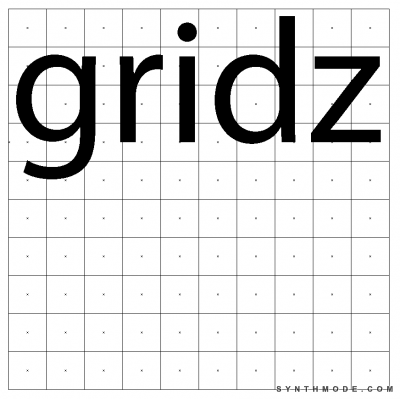
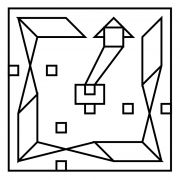

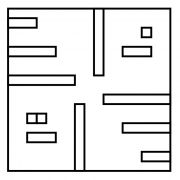
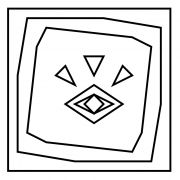
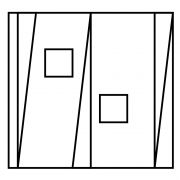

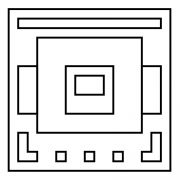
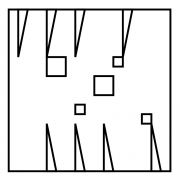
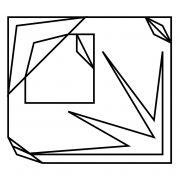
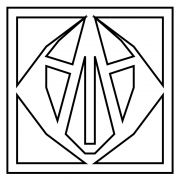
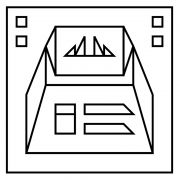
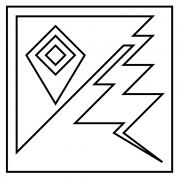
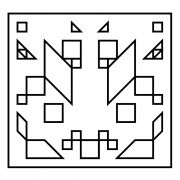
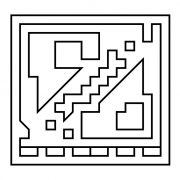
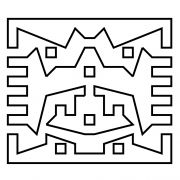
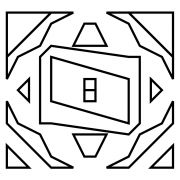
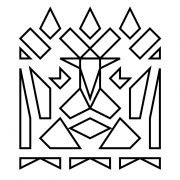
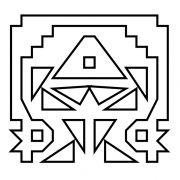
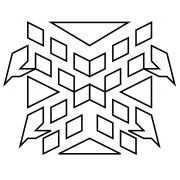
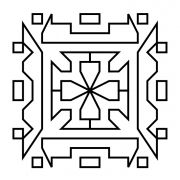
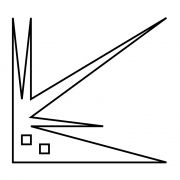
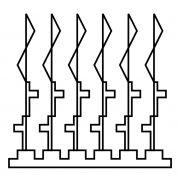
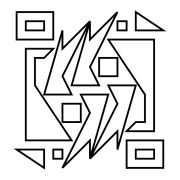
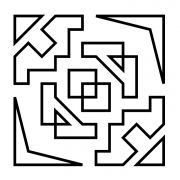
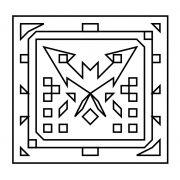
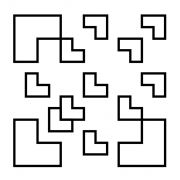
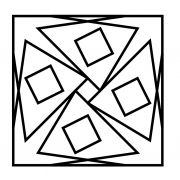
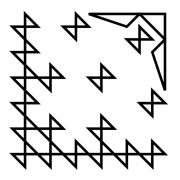
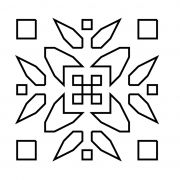

Add new comment